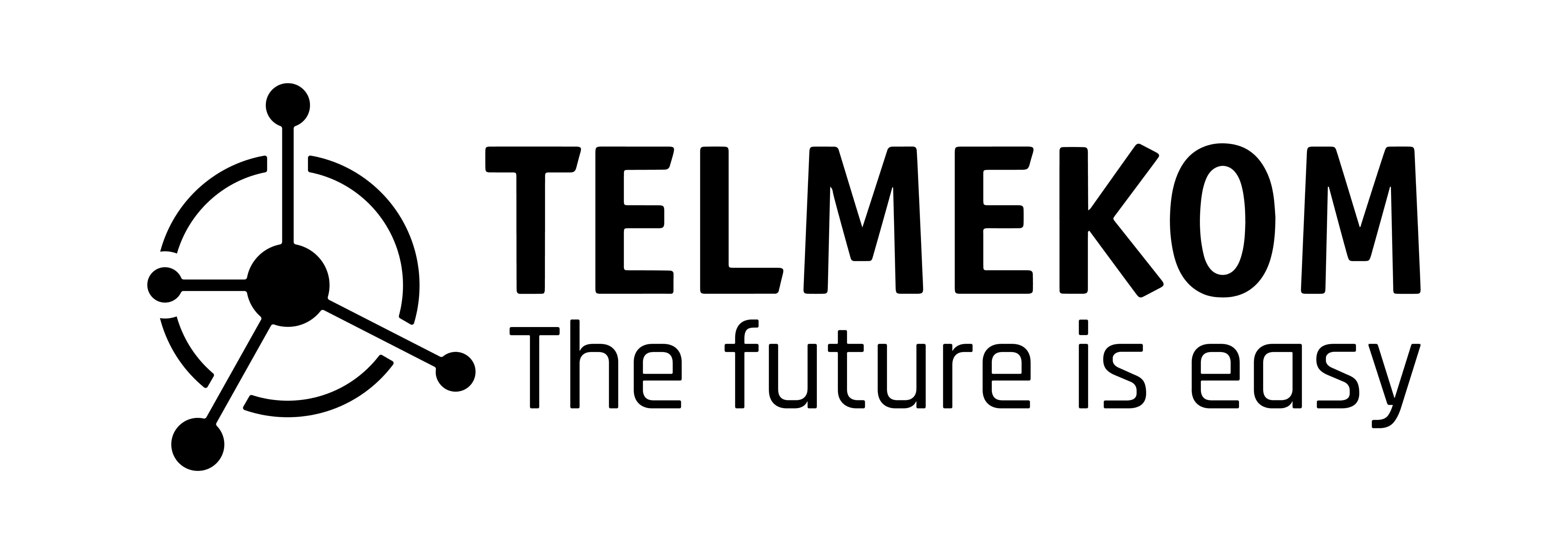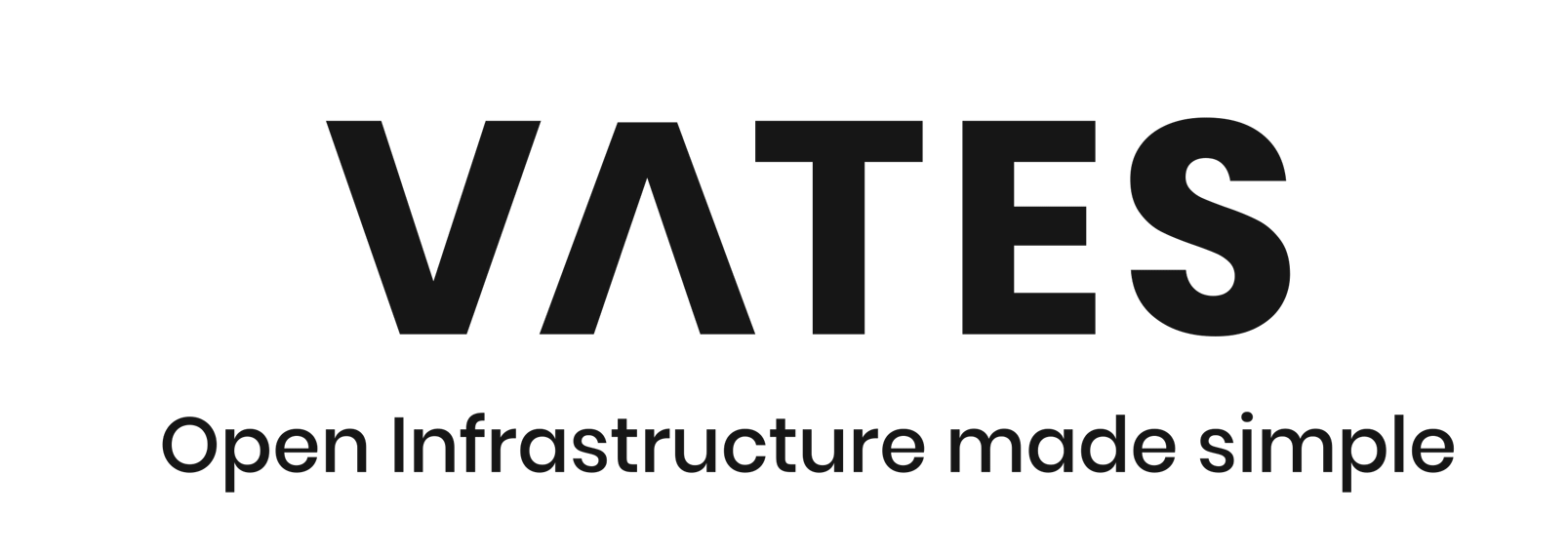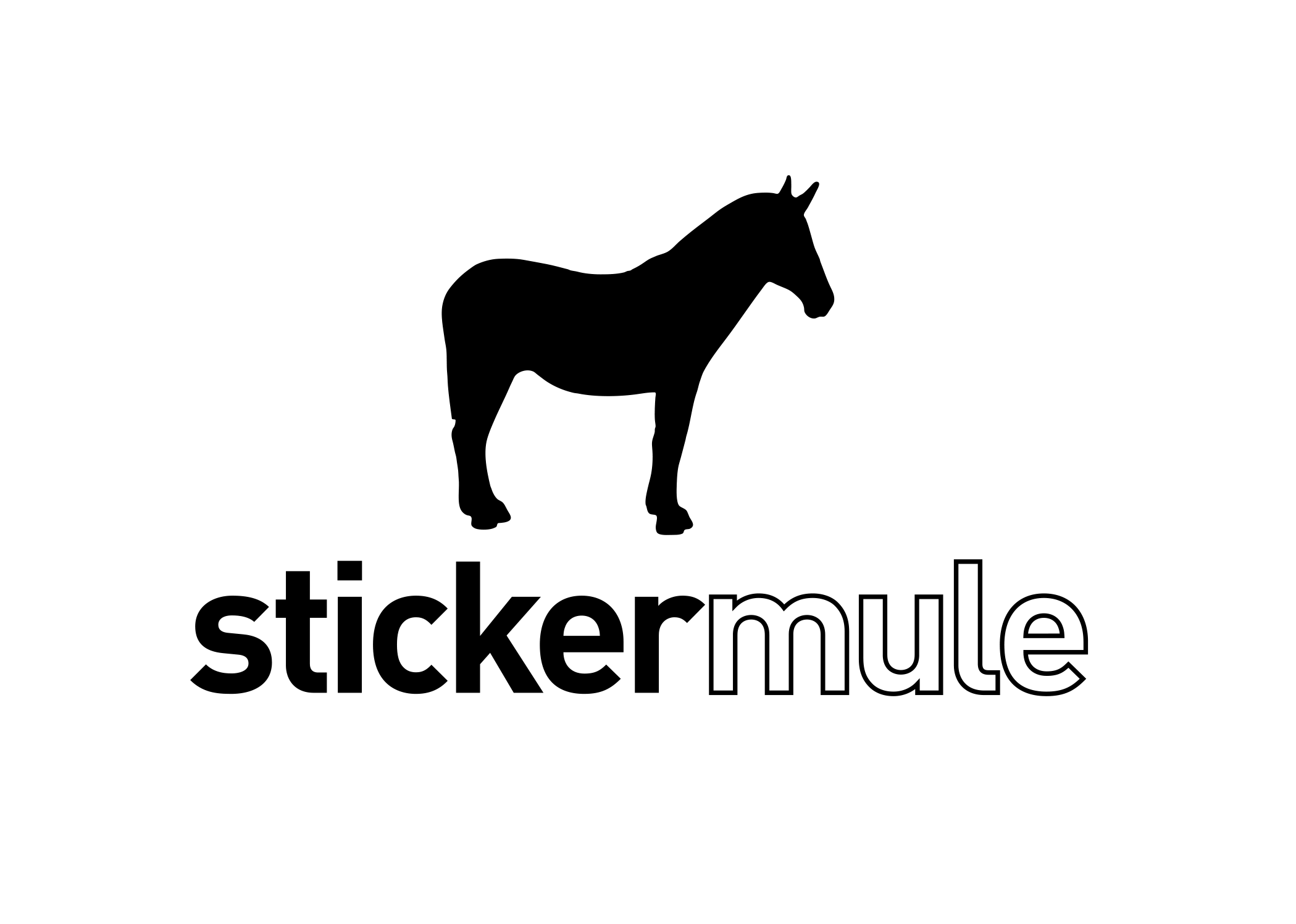Demand for specific agricultural product quality characteristics and changing climate are significant forces behind innovation in the farming sector. To remain profitable, agricultural practices must continue to innovate and discover new crops and varieties to adapt to the changing environment. For over 30 years, Laimburg Research Center has been undergoing an apple variety testing program growing apple crossbreedings and mutants on the dedicated test sites in South Tyrol. Within this program, researchers routinely evaluate apple varieties for essential agronomical and quality characteristics and provide growing recommendations to farmers.
Commonly agreed semantics is an essential step towards improved interoperability of the apple variety data, which represents a significant body of domain knowledge collected over the years. In this study, we attempt to formalize this valuable knowledge by developing ontology-based visual analytics, so as to fully exploit the potential of the data and gain insights into high complexity datasets (multi-source, multi-scale, and different stages).
The current study focuses on developing prototypical visual analytics for the apple variety testing program in South Tyrol, Italy. Thus, the work aims to create a visual analytics interface to integrate and harmonize information about apple variety testing and its interaction with climate by designing a semantic model enabled to turn the data into knowledge for domain experts.
Ontologies provide a representation of expert knowledge and create standard concepts for data integration, on the one hand opening the possibility to share the insight using a unified terminology, and on the other hand allowing for inference. Building upon relevant semantic models (e.g., agri-food experiment ontology, plant trait ontology, GeoSPARQL), we propose to extend them based on the apple variety testing and climate data. The development of an ontology-based model enables data integration and harmonization and provides a framework for integrating, through relevant concepts and relationships, data sources from different repositories and for defining a precise specification to retrieve additional knowledge. Moreover, as apple variety research is performed on various locations, the geospatial component can enrich the analysis with spatial properties. Finally, the visual narratives designed within this study will give a better-integrated view of relations between data entities and meaningful patterns and clustering based on semantic concepts.
Ekaterina Chuprikova 1,*, Abraham Mejia Aguilar 1, Roberto Monsorno 1, Walter Guerra2, Diego Calvanese
1 Centre for Sensing Solutions, EURAC research – ekaterina.chuprikova@eurac.edu
2 Research Centre Laimburg
* Corresponding author
This project has received funding from the European Union’s Horizon 2020 research and innovation program under the Marie Skłodowska-Curie grant agreement No 894215.





























